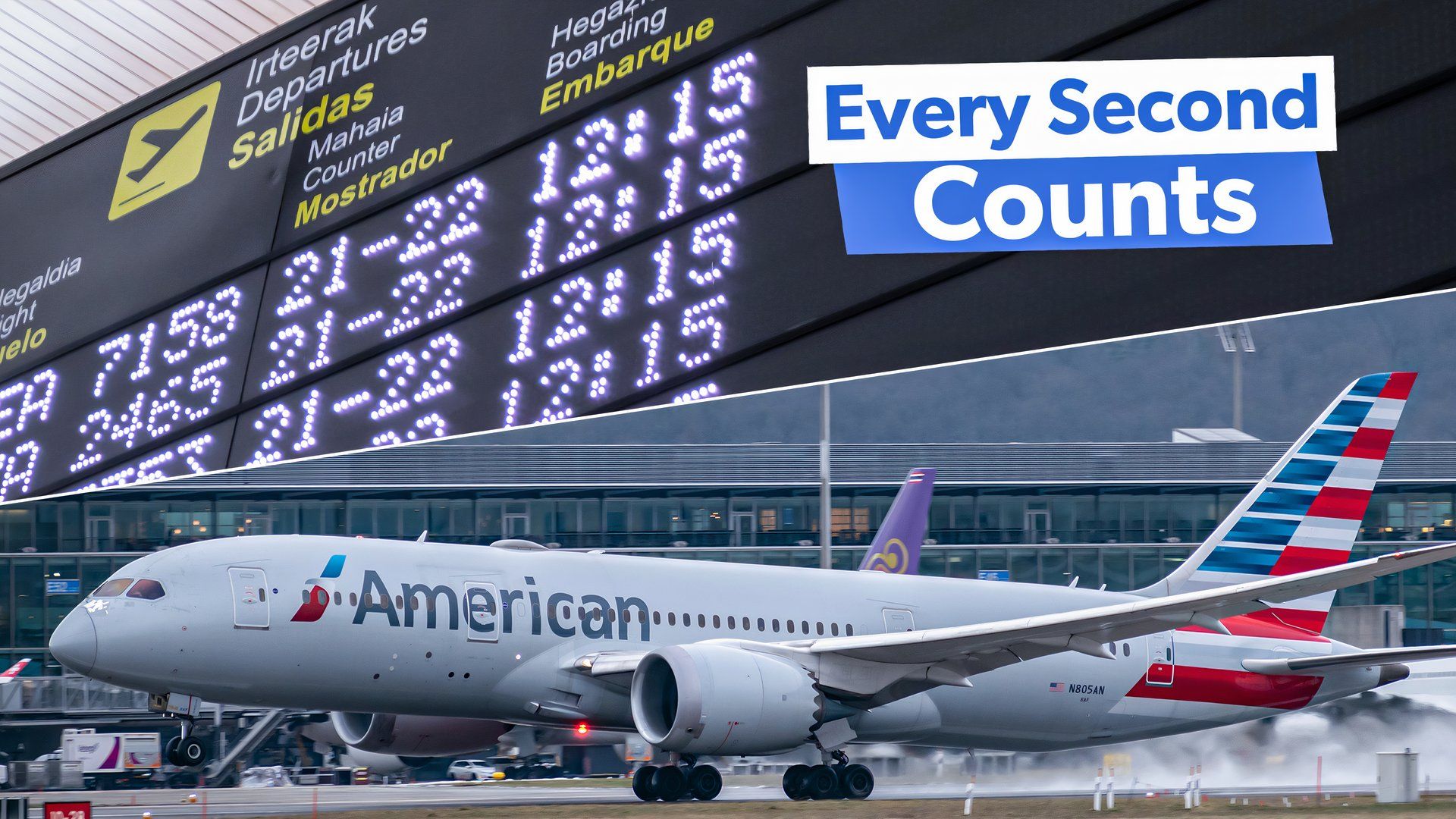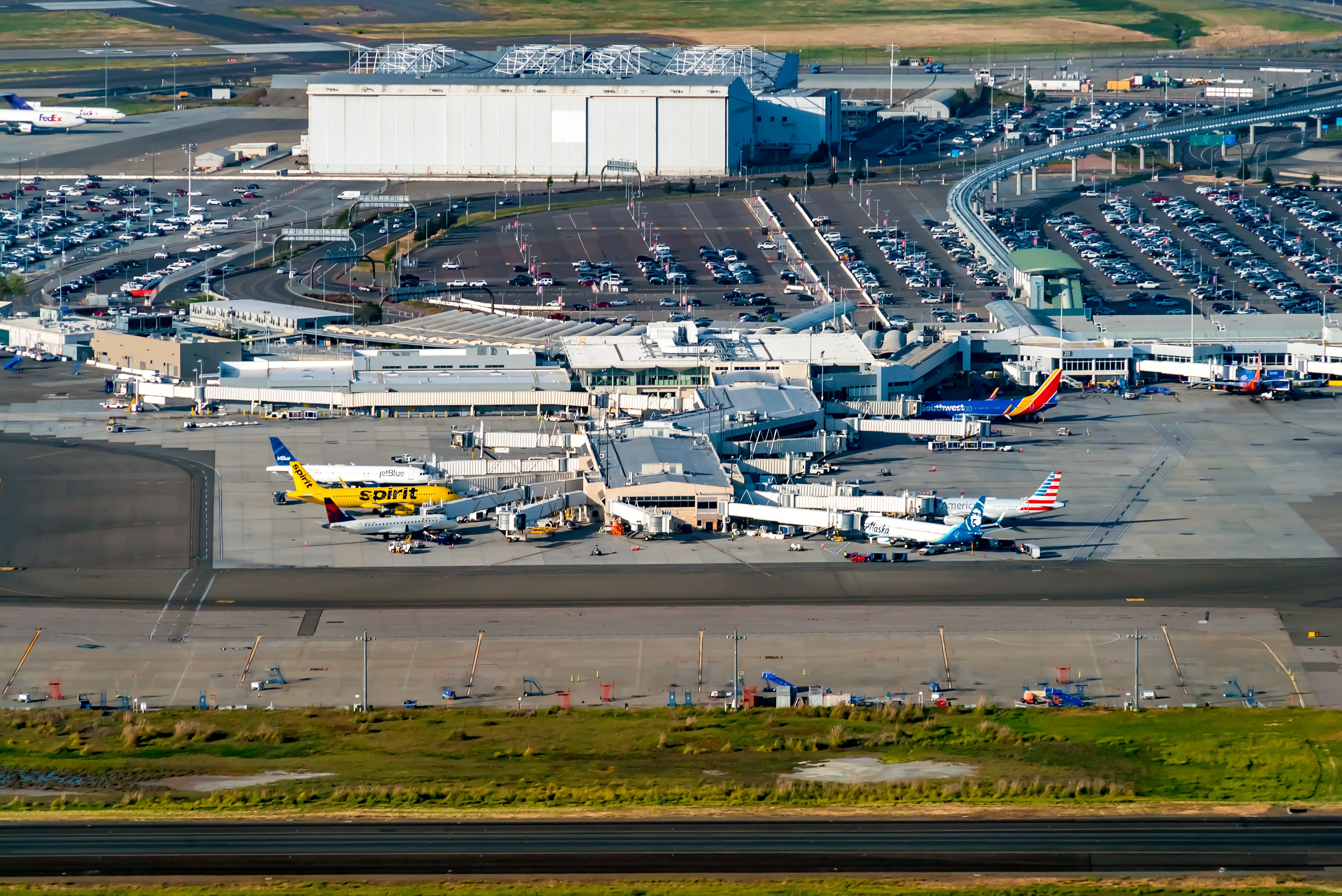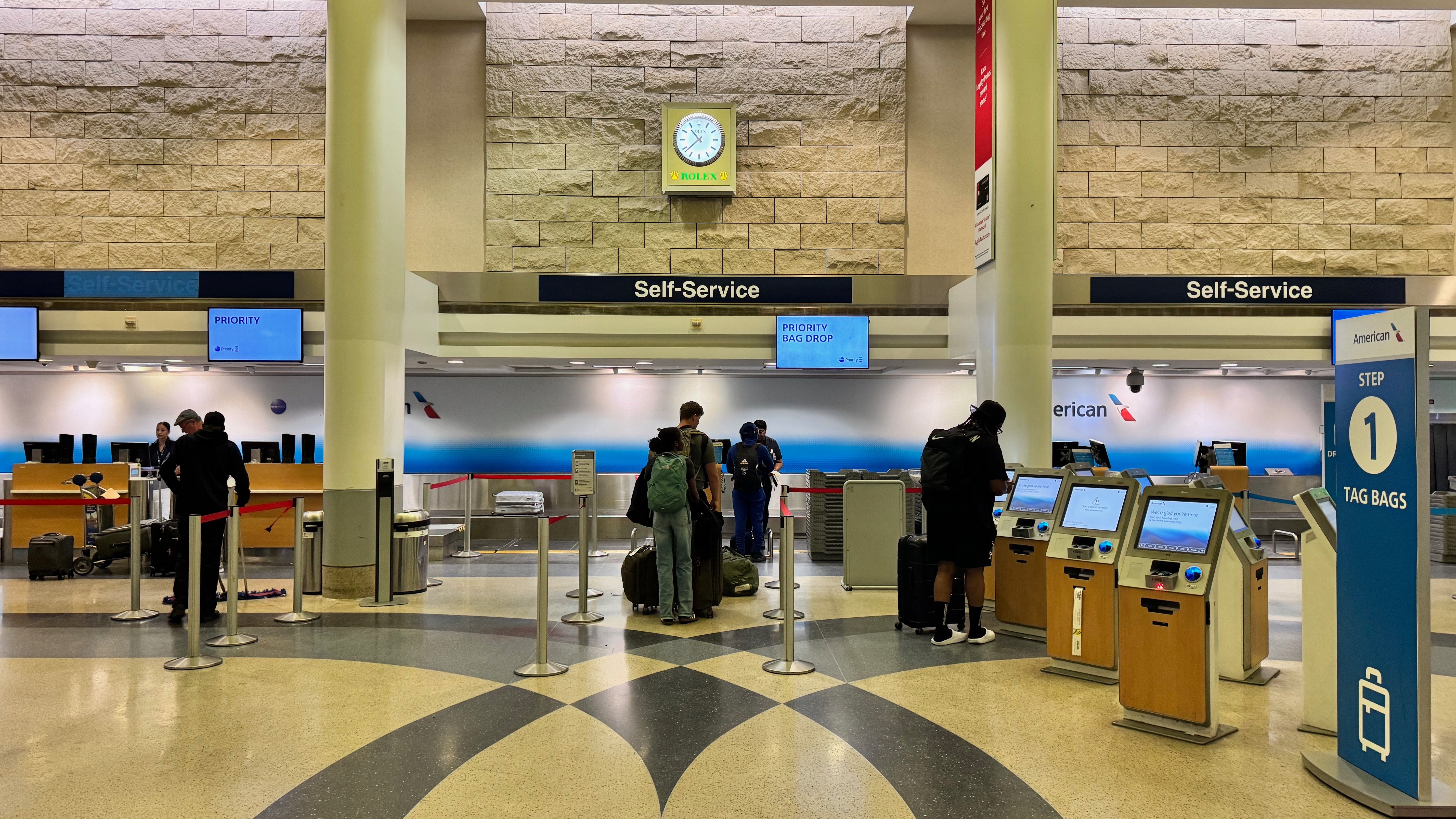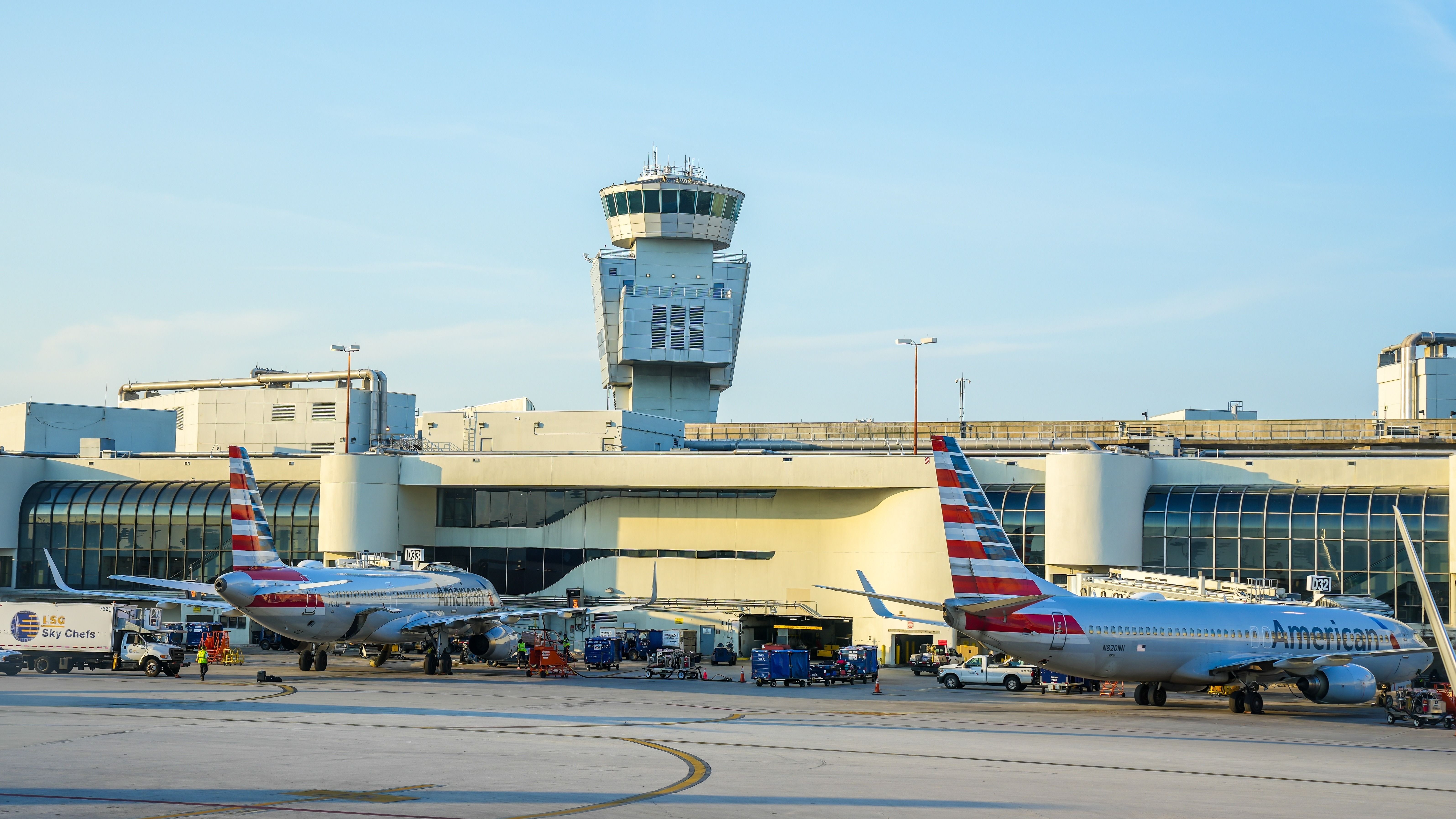In today’s fast-paced aviation industry, punctuality and On Time Performance
(OTP) have become crucial for airlines and passengers. These phrases are sometimes used interchangeably, although they refer to separate concepts in aviation management that reflect an airline’s operational efficiency, consumer satisfaction, and competitive advantage. The increased desire for flawless travel experiences and tight aviation rules have made the assessment of OTP critical, impacting everything from airline rankings to company strategy.
Photo: TierneyMJ | Shutterstock
Simple Flying recently reported that the US on-time arrival rates climbed to 74.3% in June, with Hawaiian Airlines
ranked as the country’s most on-time airline of the month. How exactly is punctuality measured in the vast network of airplanes crisscrossing the globe? Understanding the metrics behind OTP paints a clearer picture of airline efficiency and passenger experience.
What is on-time performance?
While “punctuality” and “on-time performance” are frequently used together, they have nuanced differences. Punctuality refers to an airline or airport’s overall punctuality, showing how often flights adhere to scheduled times. On-time performance, on the other hand, is a more organized and specific metric that measures the percentage of flights arriving or departing within a certain time frame, typically 15 minutes.
According to the US Department of Transportation (DOT), any arrival or departure within this 15-minute window is considered “on time.” An on-time arrival is one that lands at the gate within 15 minutes of the scheduled time. Similarly, an on-time departure is one that pushes back from the gate no more than 15 minutes past the published schedule.
These standardized criteria, supported by groups such as aviation analytics companies OAG (Official Airline Guide) and Cirium, enable fair airline comparisons and promote passenger expectations. Airlines may take pride in their timeliness. However, external circumstances such as weather and air traffic congestion can have an impact on their OTP.
Photo: Lukas Souza | Simple Flying
Why is OTP important?
On-time performance is more than just a statistic; it’s a vital indicator of an airline’s reliability and efficiency. In a highly competitive industry, an airline’s ability to consistently perform on time can be a key factor in attracting customers. Airlines also use OTP data internally to streamline their operations. It can influence decisions on scheduling, fleet maintenance, and staff management. A consistently poor OTP record can lead to decreased customer loyalty, financial losses from missed connections or compensation, and strained relationships with airports.
How is on-time performance measured?
Measurement of OTP relies on several key variables:
- Departure Time: The time the aircraft pushes back from the gate is recorded as the official departure time.
- Arrival Time: The moment the aircraft’s doors open at the gate defines the arrival time.
- Delays: Delays can occur at various points in the journey — during boarding, taxiing, or inflight — and are measured against the scheduled flight times.
- External Factors: OTP statistics often account for uncontrollable factors such as weather, air traffic control (ATC) restrictions, and airport congestion.
Factors impacting punctuality and OTP
Several factors, both within and beyond the control of airlines, can significantly impact punctuality and OTP:
- Weather Conditions: Severe weather events, such as thunderstorms, snowstorms, or fog, are major causes of delays. These conditions can lead to flight cancelations or forced diversions, inevitably affecting OTP.
- Air Traffic Congestion: In major hubs like London Heathrow or New York JFK, the sheer volume of flights often causes delays. The plane can be held at a gate and delay its departure, usually from air traffic control orders due to congestion.
- Operational Efficiency: Airlines with well-managed operations, including efficient boarding processes and quick turnaround times, tend to perform better in OTP rankings. Quick maintenance checks and rapid refueling also play roles in minimizing delays.
- Crew Availability: Strict regulations govern the number of hours airline crews can work. If delays occur and push crews beyond their allowable working hours, replacement crews must be called in, further affecting OTP.
- Technical and Mechanical Issues: Aircraft technical malfunctions or maintenance issues can result in prolonged delays. In such cases, airlines must fix the problem quickly or find a replacement aircraft.
For airports
Just as airlines are evaluated for punctuality, airports also play a crucial role in maintaining on-time performance. Airport OTP is measured by the timely arrival and departure of flights, with factors such as runway availability, efficient gate management, baggage handling, and air traffic control coordination influencing overall performance.
Major international hubs often face the challenge of handling high volumes of flights, which can lead to congestion and delays. However, airports that invest in infrastructure improvements, advanced air traffic systems, and efficient passenger handling processes can significantly enhance their OTP.
Photo: Leonard Zhukovsky | Shutterstock
The use of OTP has been called into doubt, particularly in light of airline business models prioritizing low-cost operations or long-haul routes. Budget airlines, for example, may favor efficiency and lower costs above tight schedule adherence, but long-haul carriers may experience unforeseen delays that render typical OTP metrics ineffective.
Despite these debates, on-time performance remains an important statistic in the aviation industry. Airlines that consistently do highly in OTP rankings have better reputations, stronger customer loyalty, and lower operating costs. Meanwhile, passengers continue to view timeliness as essential to a great travel experience.





